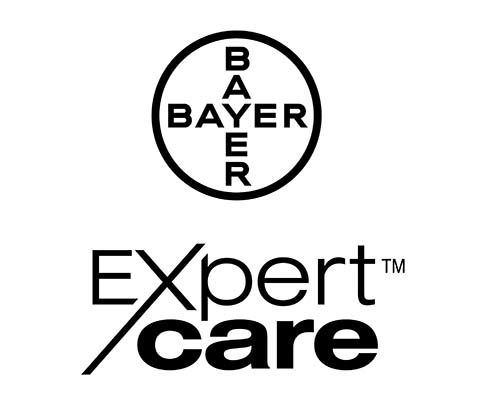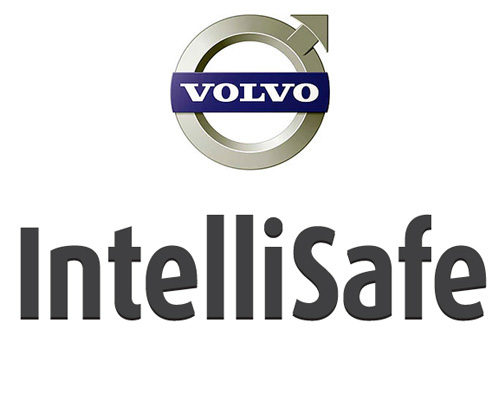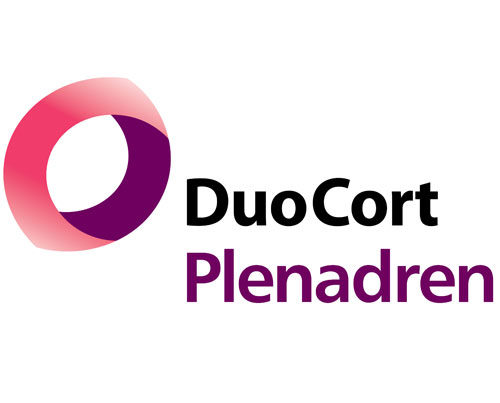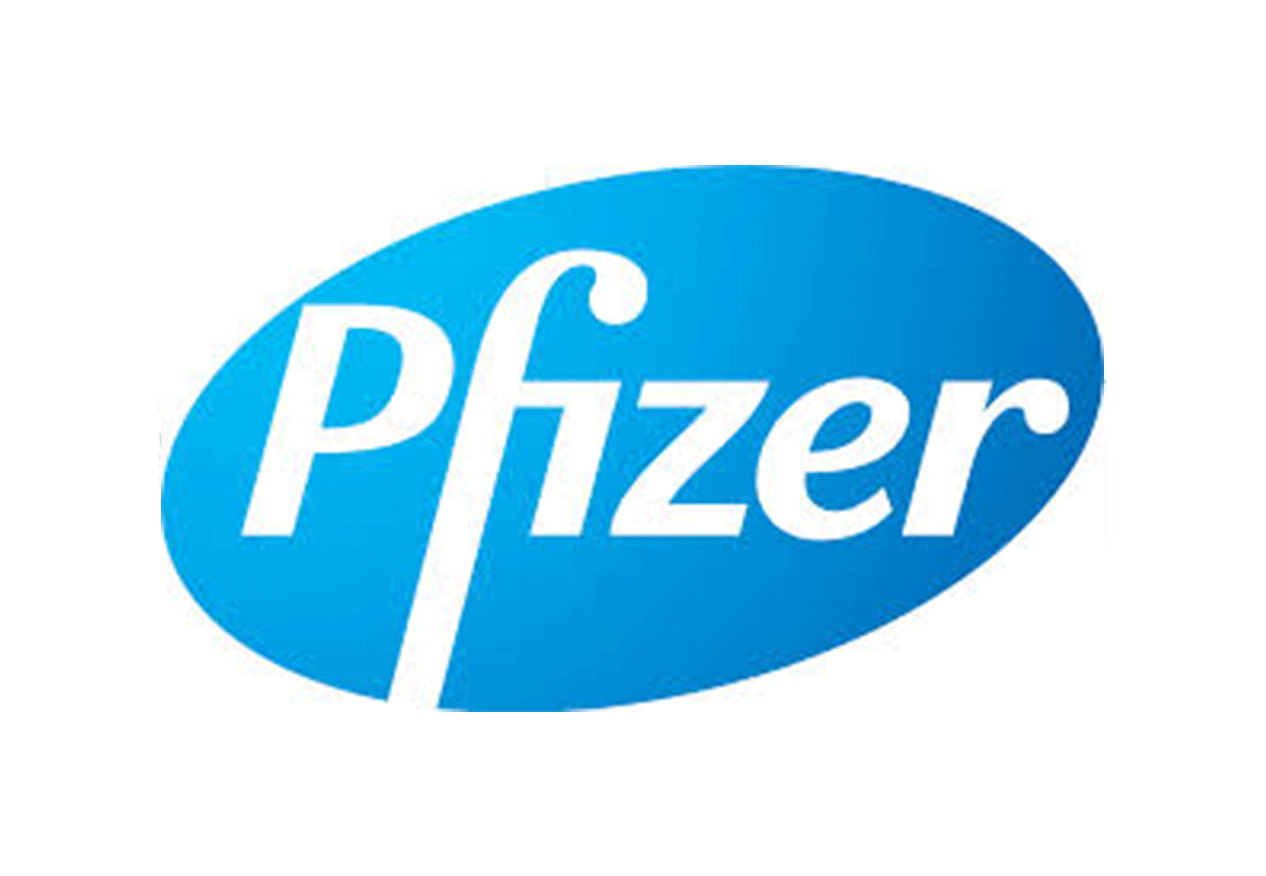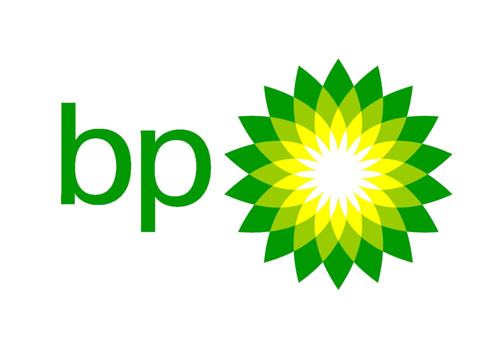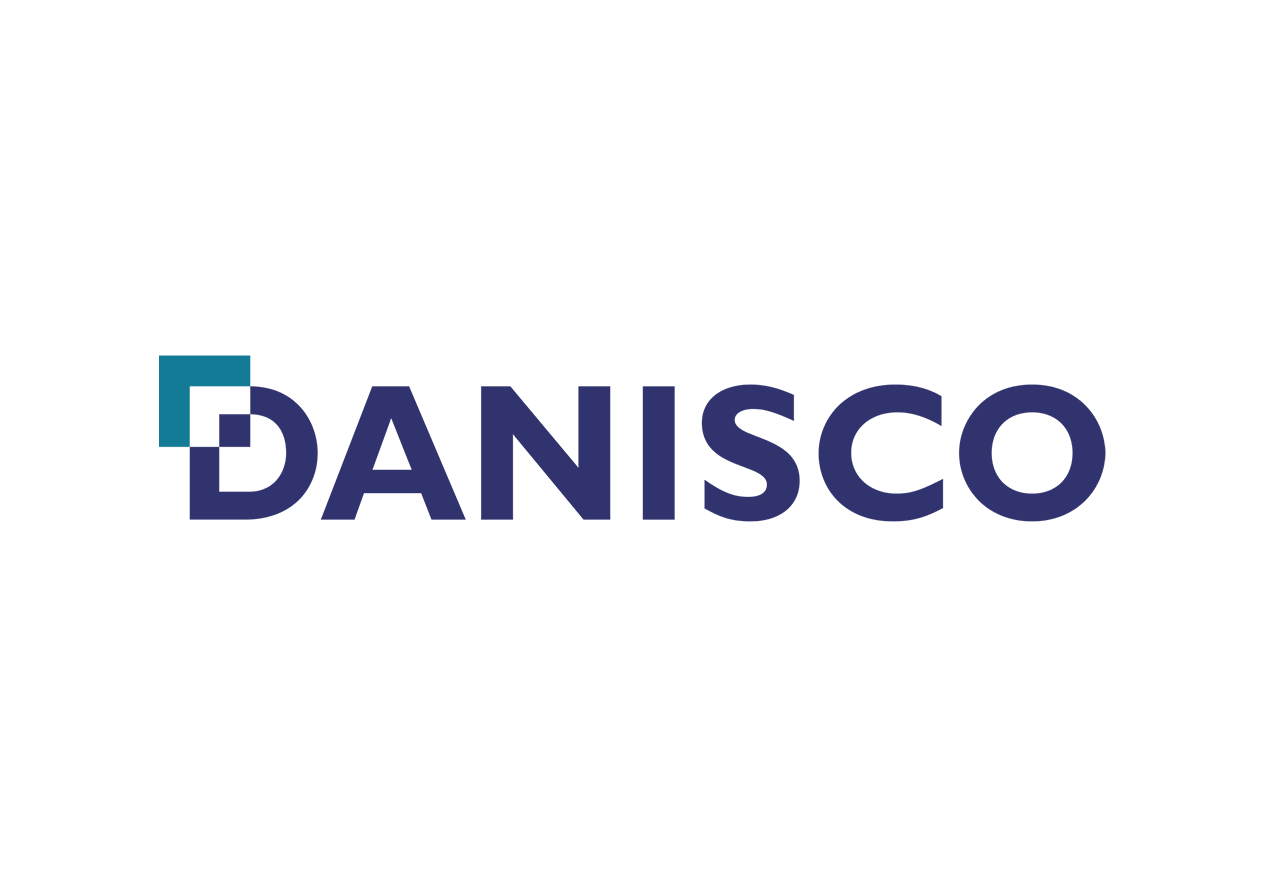Why is Branding Important?
Branding is an absolutely critical part of any organisation because of the cumulative and lasting impact that it can have on your business. Branding is one of the key ways the consumers can change what they think about your company, it can bring in new business and create an intangible asset that increases your business over the long run. However, if done poorly it can have a detrimental impact on your business.
It’s important to remember that there’s only so many things that you can do to control your reputation in the marketplace, and branding is one of them. Your reputation can and will change even if you decide to do nothing about it and in today’s fast moving markets with online reviews and quick customer feedback, it’s important to control the parts of the process that you can, and continue to listen to your consumers moving forward. This is why many companies start the branding process right when they start out. In this way they can control what the market thinks about their name and logo and gives you some guiding principles and values moving forward.
It’s not true that branding is only something that large businesses can do. You’ll hear in the news about million pound makeovers of businesses that take years to come to fruition. This is branding, but branding doesn’t have to be as large as this. Branding and naming have a lot to do with common sense and communicating to a person, your consumer. And it has to do with how your product wants to be perceived in the marketplace, the size of your business and your ambitions as a business. Branding isn’t just something that you do and then forget about, it involves ongoing communication, thought and action.
If you want someone to do the whole branding process for you, it will of course be more expensive than if you want to work with a branding agency who lay out the guidelines and principles and let you get on with it. Likewise, if you want to brand, name, and market a product on a global scale, you’ll have to take into account cultural nuances including languages, linguistics and international trademarks.





